Despite a slow and steady rise among American foodies, dessert wines are still getting the short end of the booze stick, often losing to well liquor as a dessert companion despite the existence of a perfect off-dry wine for everything from cheesecake to Almond Joy bars.
To begin with, forget what you think you know about dessert wines because what’s available has changed drastically in recent years, and is no longer your granny’s “Port” wine syrup or cream Sherry.
Happily, these painfully sweet and unbalanced dessert wines are disappearing and being replaced by complex, delicious elixirs where residual sugar is a bonus instead of a crippling demerit. As international dry wines have become easier to import and sell in the U.S., they’ve encouraged their importers and sommeliers to showcase traditional sweet wines alongside dry styles, and that’s pushing the swill toward extinction.
As with dry wines, there’s enormous diversity in dessert wines, since ancient winemaking regions crafted sweet wines locally using a wealth of techniques like drying ripe grapes or using only frozen berries. As a result, dessert wines exist across the sweetness spectrum, from slightly off-dry to unctuous, candied examples, and thus satisfy a wealth of palates and a bounty of desserts.
Like pairing red wines with red meat, there are simple guidelines for combining solid and liquid desserts for the tastiest results. To start, the wine should always be at least as sweet as the dessert. Think of the difference between tart, fluffy strawberry shortcake, and gooey fudge brownies — the chocolate brownies have exponentially more sugar than the fruit-laden shortcake. As a result, a very sweet wine like ruby Port is a natural choice for brownies (as opposed to dry Cabernet) while mildly sweet demi-sec Champagne would match the sweetness of strawberry shortcake.
Secondly, the shelf life of fortified and sugary wines is much longer than the dry counterparts, demolishing the “but I can never drink a whole bottle,” excuse for avoiding dessert wines. Re-corked and in the fridge, sweet wines will last 4-6 weeks, because their residual sugar acts as a preservative. Subsequently, a glass or two per week is all it takes to enjoy a full bottle, even if you’re sipping solo.
In short, there are five dessert wines every drinker should know: Port, Sherry, Botrytised wines, Madeira, and Vin Santo. Dozens more exist, but these five are widely available mainstays alongside both traditional and outlandish desserts (like fun-size candy bars and other vending machine delights). Plus, they won’t break the bank.
Try: Fonseca 10 Year Tawny + Stilton Cheese with Walnuts or Twix Bars
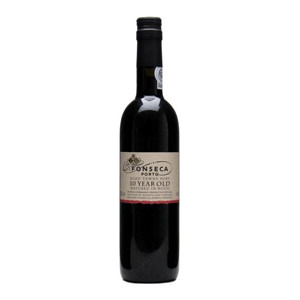 Port is the world’s oldest dessert wine, a sweet and fortified red hailing from North-Central Portugal. Though it comes in many styles, a ten-year Port from a well-known producer (like Fonseca, Dow, or Sandeman) is the easiest and most reliable Port for everyday desserts. These bottles are in the $30 range, and have loads of cooked fruit flavors — cherry pie, cooked raspberries, coffee, and cocoa in a bottle. With chocolate desserts or savory items like blue cheeses, walnuts and dried fruit, these rich and high octane wines can’t be beat.
Port is the world’s oldest dessert wine, a sweet and fortified red hailing from North-Central Portugal. Though it comes in many styles, a ten-year Port from a well-known producer (like Fonseca, Dow, or Sandeman) is the easiest and most reliable Port for everyday desserts. These bottles are in the $30 range, and have loads of cooked fruit flavors — cherry pie, cooked raspberries, coffee, and cocoa in a bottle. With chocolate desserts or savory items like blue cheeses, walnuts and dried fruit, these rich and high octane wines can’t be beat.
Try: A. R. Valdespino El Candado Pedro Ximénez Sherry + Classic Bread Pudding or Raisinettes
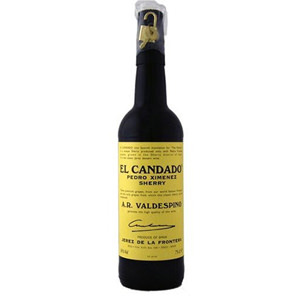 From neighboring Spain, Sherry is an elusive, often oxidized, wine that can be made either dry or sweet. Its sweet versions, made from the Pedro Ximenez grape, are super-unctuous and combine notes of raisins, figs, and caramel with a salty tang. They’re natural matches for creamy, butterscotch desserts like bread pudding, flan, or Milky Way bars.
From neighboring Spain, Sherry is an elusive, often oxidized, wine that can be made either dry or sweet. Its sweet versions, made from the Pedro Ximenez grape, are super-unctuous and combine notes of raisins, figs, and caramel with a salty tang. They’re natural matches for creamy, butterscotch desserts like bread pudding, flan, or Milky Way bars.
Try: Chateau Doisy-Védrines 2005 Sauternes + Vanilla Bean Crème Brulée or Instant Vanilla Pudding and canned peaches
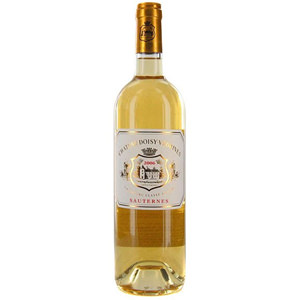 Botrytised wines encompass a huge selection of the world’s most coveted sweet wines, including French Sauternes, Hungarian Tokay, and many of Germany’s most prized sweet Rieslings. The grapes in these intensely honeyed and luxurious wines have been raisinated by a fungus call botrytis, or Noble Rot, which concentrates the sugars and acids inside the ripe berries. The resulting wines have fantastic citrus and tropical aromas, tinged by floral and honey tones, and oddly refreshing high acidity. The best examples are exorbitantly expensive, but excellent options are easy to find in the $20-$25 range. With sweet, fruity desserts like crème brulée or raspberry cheesecake, the complex and tropical flavors of Sauternes are second to none.
Botrytised wines encompass a huge selection of the world’s most coveted sweet wines, including French Sauternes, Hungarian Tokay, and many of Germany’s most prized sweet Rieslings. The grapes in these intensely honeyed and luxurious wines have been raisinated by a fungus call botrytis, or Noble Rot, which concentrates the sugars and acids inside the ripe berries. The resulting wines have fantastic citrus and tropical aromas, tinged by floral and honey tones, and oddly refreshing high acidity. The best examples are exorbitantly expensive, but excellent options are easy to find in the $20-$25 range. With sweet, fruity desserts like crème brulée or raspberry cheesecake, the complex and tropical flavors of Sauternes are second to none.
Try: Broadbent Madeira Reserve + Carrot Cake with Cream Cheese frosting or Gingerbread men
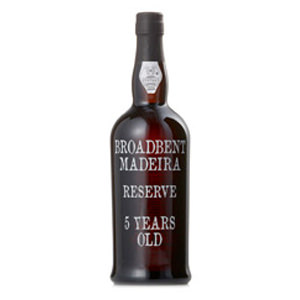 Unlike botrytised wines crafted in the vineyard, Madeira is a dessert wine defined by winemaking tradition. From the Portuguese island of the same name, these wines are made in hot cellars, a practice that caramelizes the sugars in the wines as they literally cook in the Mediterranean heat. Known as Maderization, the process gives these wines fantastic nutty, caramel tones and renders them shelf stable forever. Famously used to toast the Declaration of Independence, Madeira wines are excellent with semi-sweet chocolate desserts or fruit and chocolate medleys like banana s’mores…or just s’mores.
Unlike botrytised wines crafted in the vineyard, Madeira is a dessert wine defined by winemaking tradition. From the Portuguese island of the same name, these wines are made in hot cellars, a practice that caramelizes the sugars in the wines as they literally cook in the Mediterranean heat. Known as Maderization, the process gives these wines fantastic nutty, caramel tones and renders them shelf stable forever. Famously used to toast the Declaration of Independence, Madeira wines are excellent with semi-sweet chocolate desserts or fruit and chocolate medleys like banana s’mores…or just s’mores.
Try: Antinori Vin Santo + Almond biscotti or Almond Joy Bars
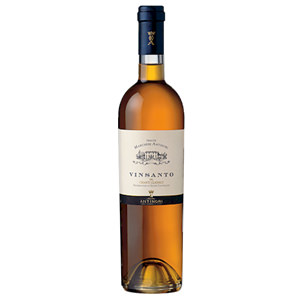 In Tuscany, Vin Santo is another dark dessert wine characterized by the winemaking process. Here, white grapes are dried before pressing and then aged in small oak barrels. In the end, this yields wines with strong aromas of hazelnut and dried apricot, tinged with citrus and citrus zest. Vin Santo wines can be either very sweet or have just a touch of residual sugar, making it a fantastic option alongside less-sweet desserts like ginger cookies or simple dried fruit. Sweeter versions are fantastic with chocolate cannoli or pannetone.
In Tuscany, Vin Santo is another dark dessert wine characterized by the winemaking process. Here, white grapes are dried before pressing and then aged in small oak barrels. In the end, this yields wines with strong aromas of hazelnut and dried apricot, tinged with citrus and citrus zest. Vin Santo wines can be either very sweet or have just a touch of residual sugar, making it a fantastic option alongside less-sweet desserts like ginger cookies or simple dried fruit. Sweeter versions are fantastic with chocolate cannoli or pannetone.
Whether you’re already sipping the sweet stuff or hunting for a boozy dessert experiment, there’s a candied libation for every occasion. And in a pinch, they’ll even impress as chocolate syrup substitutes in adult ice cream sundaes, complete with cherries and rainbow sprinkles.

